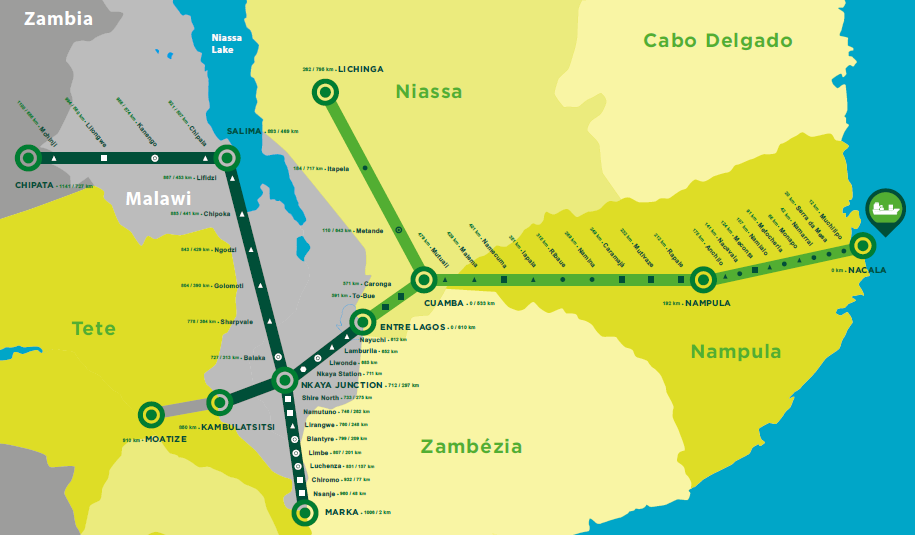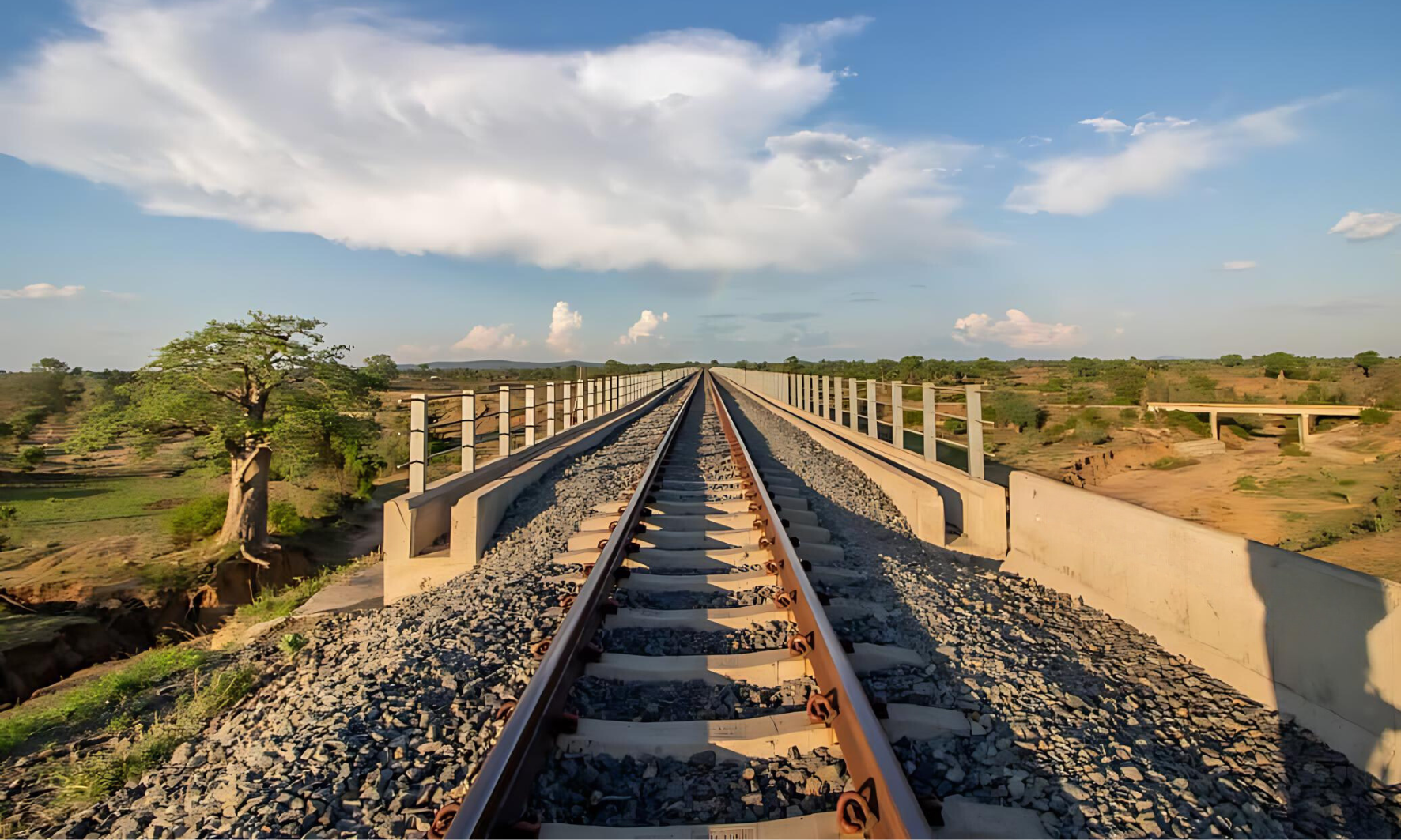The construction of the new Nacala bulk grain terminal marks a significant milestone in the development of Mozambique’s port infrastructure. This new terminal, with direct rail access from the mainline into the port marshalling yard, is poised to transform Nacala into a crucial node in the regional and international supply chain network. As the project progresses, it promises to offer substantial economic benefits for importers and exporters in the region.
Strategic Rail Access
The Nacala bulk grain terminal benefits immensely from its direct connection to the railway mainline, which feeds straight into the port marshalling yard. This seamless integration ensures efficient and uninterrupted movement of goods between the port and the hinterland, drastically reducing logistical bottlenecks and turnaround times. The rail link is not just a conduit for grains but a critical artery for various commodities, fostering greater trade volumes and economic activity in the region.
Catchment Area
Nacala’s catchment area stretches far beyond the port, reaching Moatize and extending into the hinterland countries. The rail line effectively opens up new economic corridors, presenting a more economical option for importers and exporters. The extended catchment area facilitates the movement of goods to and from landlocked countries, providing them with a reliable and efficient trade route.
The Nacala Corridor: A Vital Economic Lifeline
The Nacala Corridor, running from the port on the Mozambique coast, westward through Nampula Province to Cuamba in Niassa Province, and on to Nkaya in Malawi and Moatize in Tete Province, stands as a vital economic lifeline. This corridor anchors at Moatize, home to a major coal mine, and extends north to Lilongwe via Salima by rail and Dedza by road, ultimately reaching Chipata in Zambia. This extensive network not only facilitates the movement of coal but also agricultural products, minerals, and manufactured goods from across the region.

Enhanced Regional Connectivity
The ability to leverage both rail and road infrastructure, along with the superior availability of ship calls at Nacala Port, positions the Nacala Corridor as a highly reliable route for trade. This connectivity reduces door-to-door costs significantly, making it an attractive option for businesses aiming to optimise their supply chain logistics. Importers and exporters can benefit from the efficient multimodal transport options, ensuring their goods reach markets faster and at lower costs.
Reliability and Resilience
While occasional interruptions to the rail service may occur, they are expected to be minimal and short-lived, ensuring that the operations at Nacala Port remain largely unaffected. The robust infrastructure and the corridor’s strategic importance mean that any disruptions are swiftly addressed, maintaining the reliability of the route. This resilience is crucial for businesses relying on timely delivery of goods, making Nacala a dependable choice for regional and international trade.
Economic Impacts
The new bulk grain terminal and its integrated rail access are set to catalyse economic growth in the region. By providing a more economical and efficient route for the transport of goods, it supports the local economies of Mozambique, Malawi, and Zambia, among others. The terminal is expected to attract more business to Nacala Port, increasing trade volumes and generating employment opportunities in the region. Additionally, the enhanced trade connectivity can lead to increased foreign investment, further driving economic development.
The construction of the new Nacala bulk grain terminal, with its direct rail access, represents a transformative development for Mozambique and its neighbouring countries. By improving connectivity, and offering a reliable and economical trade route, Nacala is set to become a key hub in the regional supply chain network.
